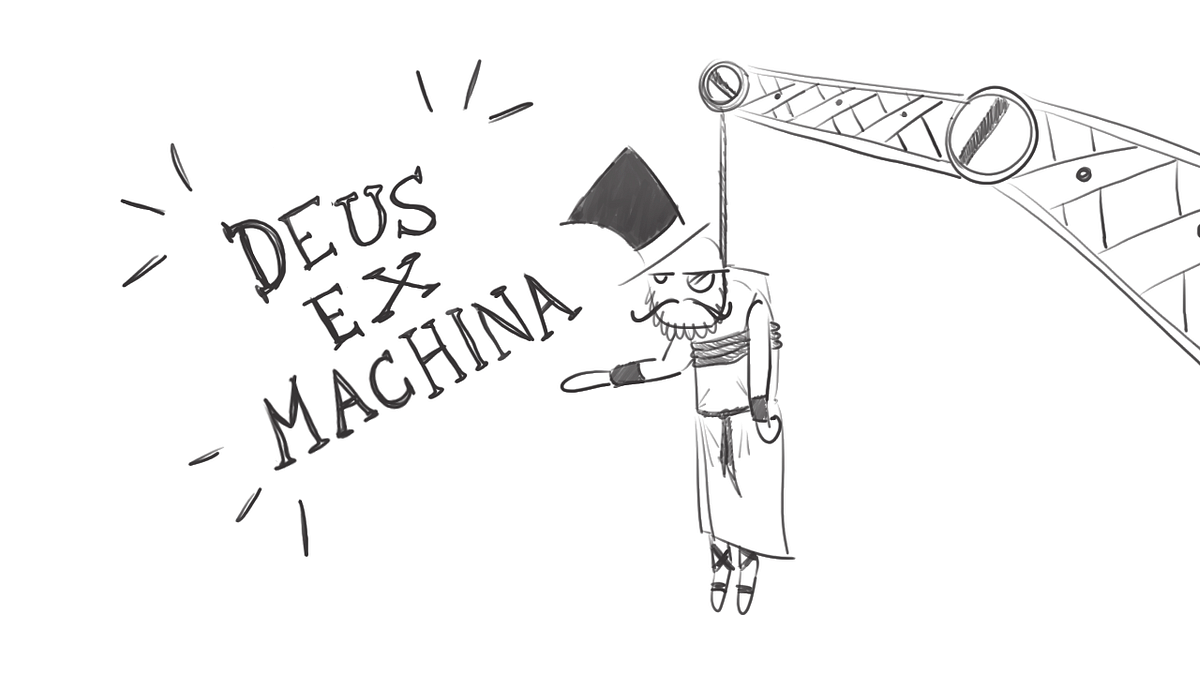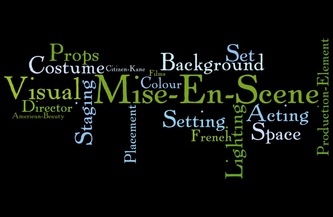Note: This blog is part of the academic material prepared for Semester 5 TYBA students of Maharaja Krishnakumarsinhji Bhavnagar University (MKBU), as per the revised NEP syllabus for the academic year 2025–26.
Course Title: A Study of Literary Terms
Prescribed Textbook: A Glossary of Literary Terms by M.H. Abrams, 11th Edition (Cengage Learning Publication)
Deus Ex Machina
What is Deus Ex Machina?
Deus Ex Machina is a Latin phrase that means “God from the machine.”
It refers to a sudden, unexpected solution to a seemingly impossible problem in a story often coming from outside the plot.
In ancient Greek theatre, this phrase came from the practice of literally lowering a god (using a crane or machine) onto the stage to solve the hero’s problem.
Definition in Simple Words:
Deus Ex Machina is when a surprising or unnatural event or character comes in at the last moment and resolves a problem in the plot that otherwise had no logical solution.
Origin of the Term:
The term originates from Greek drama. Playwrights like Euripides used a machine called a "mekhane" to lower actors playing gods onto the stage. These gods would then miraculously fix everything.
Examples:
1. Taarak Mehta Ka Ooltah Chashmah
In many episodes, especially when Jethalal is in deep trouble (like police complaints or Bapuji’s anger), Taarak Mehta suddenly shows up and solves everything with his wisdom or connections — even when the situation seems out of hand.
2. Ramayana
At times, divine intervention helps the heroes when things seem impossible. For example, Lord Hanuman bringing Sanjeevani herb to save Lakshman could be considered a divine, last-minute rescue.
3. The Tempest by William Shakespeare
Prospero, who has been using magic throughout the play, suddenly forgives all his enemies, restores order, and plans to return to Milan peacefully.
4. Videos for references:
Deus Ex Machina might sound like an ancient and dramatic term, but it’s simply about those too-good-to-be-true plot twists that suddenly fix everything. The next time you're reading a novel or watching a film, and a miracle swoops in to save the day pause and think:
“Was that the character’s journey… or just a Deus Ex Machina at work?”
It may solve the conflict, but not always satisfy the story.

